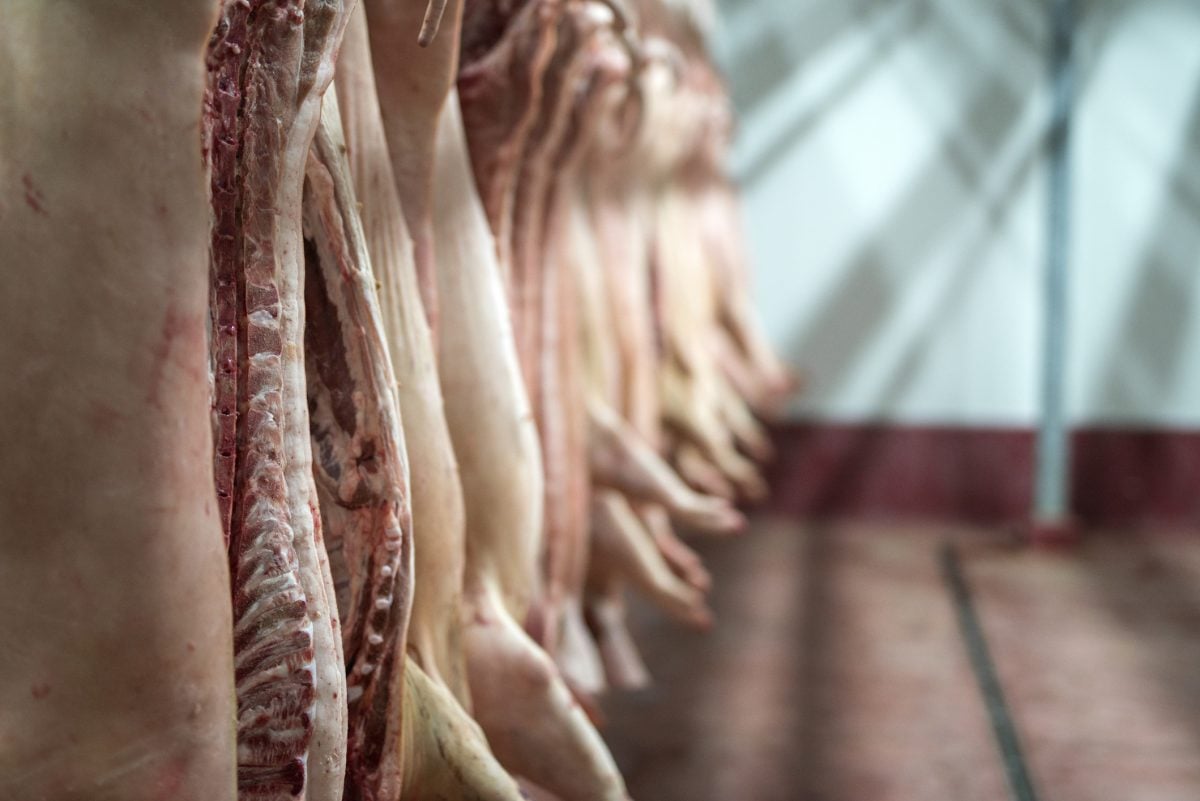WINNIPEG (CNS Canada) – Cattle numbers shrank at Manitoba auction marts for the week ended March 30, as the latest United States cattle on feed report put an unsavoury taste in sellers mouths.
The United States Department of Agriculture (USDA) Cattle on Feed report released March 23, showed ranchers sent seven per cent more cattle to feedlots in February, compared to February last year. Persistent drought in the U.S. Plains caused reduced winter grazing in pastures forcing cattle into feedlots.
“A flat cattle on feed report came out Friday, that was bearish. That certainly didn’t help and there is a negative tone from the feedlots. The futures keep dropping, most days it’s steady or it goes lower (for) the last few weeks,” said Allan Munroe, with Killarney Auction Mart.
Read Also

U.S. livestock: Cattle slip back, hogs gain
Chicago cattle futures slipped back on Friday after Thursday’s pause. Hog futures crept upward. Most-active December live cattle futures closed…
Approximately 5,300 cattle ran through the province’s major auction marts for the week ended March 30, which was down from the previous week where roughly 12,000 head were sold. On average most auction marts had 600 head on offer; however Heartland Livestock Services – Virden was an outlier with 2,885 head. Three out of the eight major Manitoba auction marts did not hold sales due to the Easter holiday weekend.
Munroe said producers who bought calves back in the fall are trying to sell them, only to find out the price has dropped significantly.
“It takes away some of their enthusiasm to replace them. They’re going to be a little more cautious on this turn because the last one wasn’t good,” he said.
Munroe thought the market was starting to stabilize a few weeks ago but as Chicago Mercantile Exchange futures continued to drop, so did the price at Manitoba auction marts. Munroe estimates on average, prices dropped five cents per pound over the last week.
“I’m hopeful that we are at that point where it has stabilized and hopefully there’s very little more downside to it. That’s sort of what some of the analysts I’m listening to are starting to feel right now,” Munroe said.
He expects there aren’t many surprises left for the market. There had been predictions there will be a large summer run. The USDA report supported this with 11.7 million head in American feedlots.
Feedlots in Lethbridge, Alta. are full following the large fall run, which is dragging the market down. This is now carrying over to the grass-fed calves, which is surprising according to Munroe.
“It looked like (the grass-fed calves) were where they were going to be (for price). But the six weight steers were certainly down this week compared to last week,” he said.
The low Canadian dollar is lending support to the Manitoba cattle market. Munroe said he has seen interest from American buyers starting again.
“We are starting to see significant cattle go south again. For a long time there was very few went and we are starting to see some of these buyers use their U.S. numbers through the sale,” he said.
There has also been continued interest from Ontario buyers, which has been supportive for the market.
“(Ontario buyers are) still aggressive…even out of 600 feeders, we did have a load go out east this sale. They’re still certainly a factor on the better end cattle,” Munroe said.













